
TVS Ronin Review: First Ride
It’s quite evident that with the Ronin, TVS is eyeing the premium modern-retro segment and wants to eat into the sales of motorcycles from Royal Enfield, Honda, and Yezdi. But is it good enough to warrant your attention? We find out.
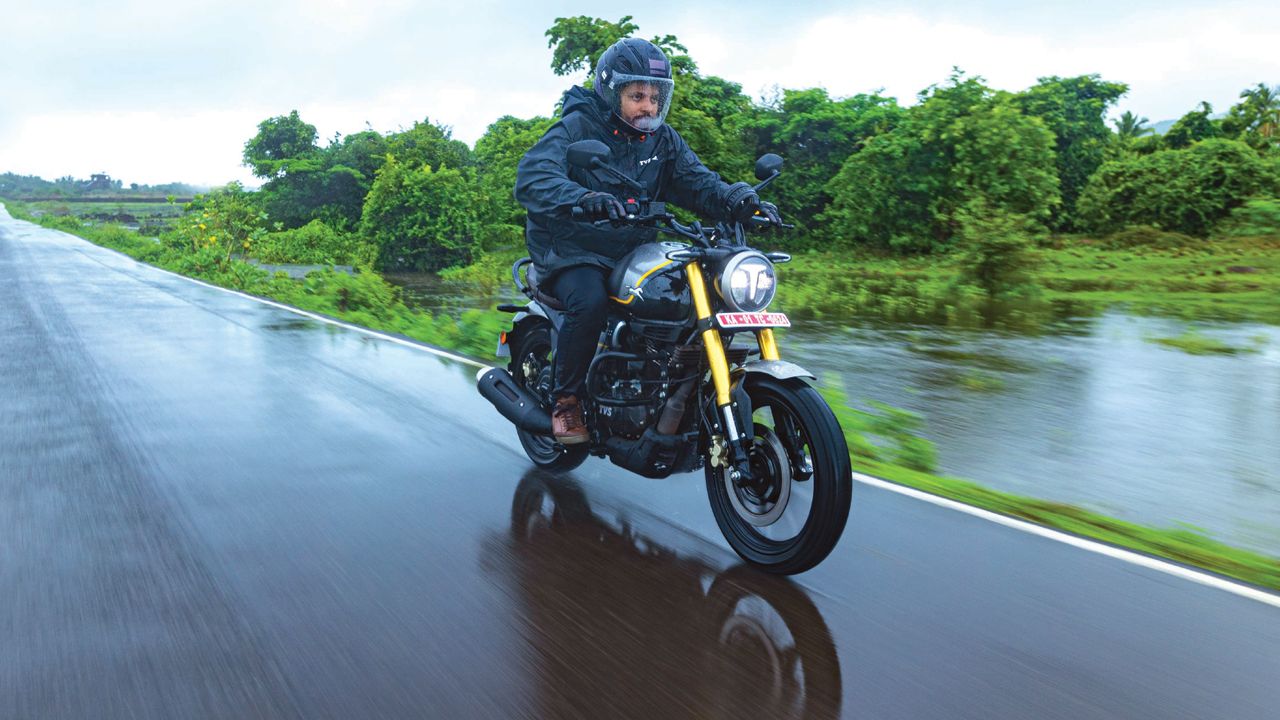
TVS finally dips its toe into the modern-retro pond with the all-new Ronin. But is it good enough to warrant your attention? We find out.
For a brand that can’t stop beating its chest about its racing pedigree, TVS’ latest offering – the Ronin – is a far cry from what the brand stands for. It’s a laid-back lifestyle product meant for those possessed by wanderlust. Long story short, it’s a motorcycle meant to spend more time in the lap of nature instead of setting lap times on a racetrack.
It’s quite evident that with the Ronin, TVS is eyeing the premium modern-retro segment and wants to eat into the sales of motorcycles from Royal Enfield, Honda, and Yezdi. However, instead of locking horns with the biggies directly, TVS has decided to slot the Ronin a segment below the aforementioned players’ offerings by making it a size smaller and a lot more affordable.
And the result? Well, the Ronin now stands somewhere in the middle of nowhere. Now, this can go either way – it could either be a sales masterstroke or turn out to be a market dud. Whether customers will accept this all-new style of motorcycle from TVS, only time will tell that. However, what we can let you know, in the meantime, is how the Ronin fares as a product. We spent a day riding this all-new motorcycle on a wet and wild day in Goa, and here are our first impressions.
Retro Aesthetics
The Ronin’s design is a bit divisive – some like it, some loathe it, and others are still trying to make up their minds on what it actually is. TVS categorically says that it shouldn’t be classified as a cruiser or a scrambler. Albeit, it does look an awful lot like the latter, at least to my eyes. There’s, however, no denying that the designers have decided to give it a modern-retro appearance. The front end is beefy, thanks to the Ronin’s round LED headlamp with a T-shaped DRL, thick 41mm front forks lifted directly from the RR 310’s parts bin, and a chunky 110-section tyre at the front. It’s from the side and rear angles, though, that people’s opinions on its design are likely to diverge.

Compared to the other bigger retro-modern cruisers/scramblers like the RE Meteor, Honda CB350 H’ness / RS, and Yezdi Scrambler, the Ronin is a compact motorcycle with a wheelbase of 1,357mm, making it around 90 – 100mm shorter than the above-listed motorcycles. And this means that it looks smaller – in fact, a size too small for a 225cc motorcycle. Now, while the design can’t be called disproportionate, it does look awkward from certain angles. Especially, the stubby rear section.
You can’t complain about the build quality and general fit-and-finish of the motorcycle though. It’s typical TVS in that regard, meaning everything that you touch and press feels top quality. In terms of features and equipment, the Ronin comes with an offset all-digital single-pod LCD instrument cluster, which looks quite cool and retro. The Ronin is available in three variants. Standard features include single-channel ABS, along with Urban and Rain modes for it. The top-spec version gets dual-channel ABS, adjustable brake and clutch levers, a triple-tone paint scheme, and Bluetooth connectivity, which allows you to get phone notifications and use turn-by-turn navigation.
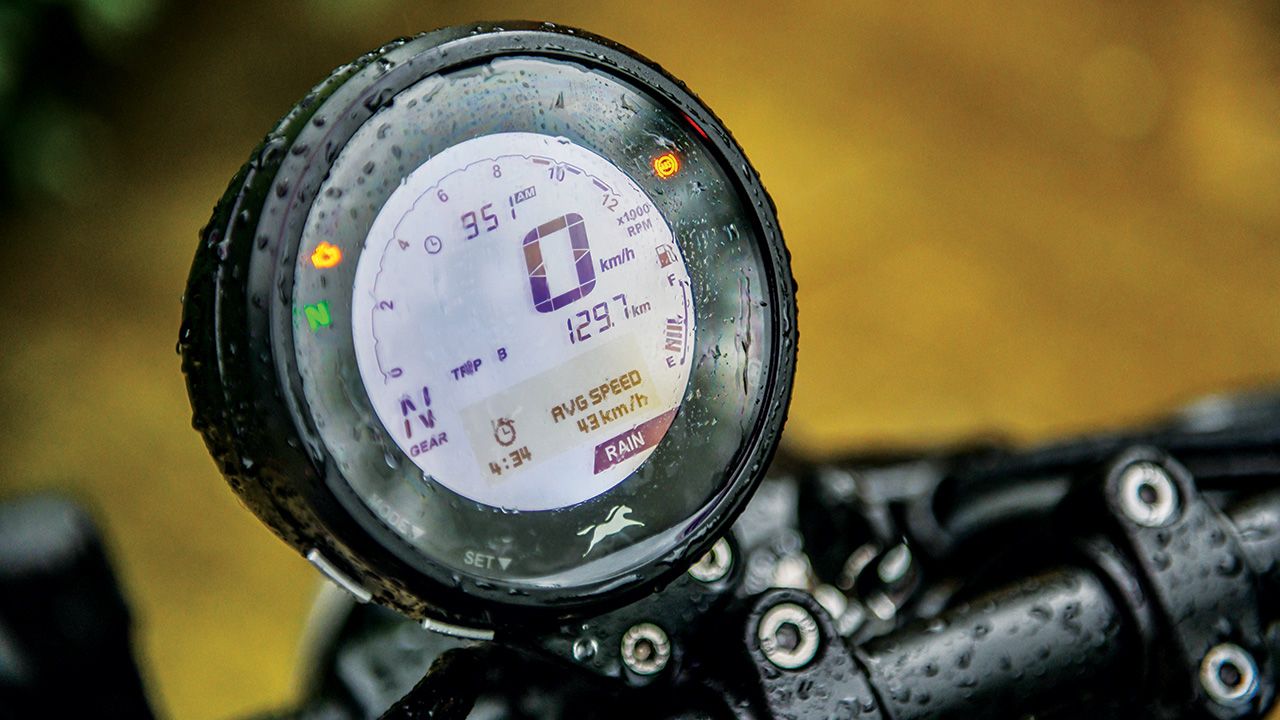
Torque of the Town
At its heart, the Ronin features an all-new 226cc single-cylinder engine. From what I could gather, it’s built on the same platform that powers the Apache RTR 200 – it’s got a 4-valve setup and comes with an oil cooler. However, in this application, it’s a perfectly square engine, meaning the bore and stroke are identical at 66mm. In comparison, the Apache’s motor has the same bore but a shorter stroke (57.8mm).
The Ronin’s engine is good for 20bhp and 20Nm of torque, and according to TVS, all that firepower and twisting force is aimed at delivering a punchy low- and mid-range performance, which is exactly the case. The low-end grunt is strong and it’s followed by a healthy spread of torque, which stays put till about 6,000rpm. The engine pulls neatly till 7,000rpm, but you can sense it running out of steam afterwards (the redline is at 9,200rpm). That said, the acceleration is sprightly, and at 160kgs, the Ronin isn’t a heavy piece of metal to move around. On the whole, the performance is peppy.

To complement its laid-back riding style, the Ronin produces a bassy exhaust note, which gets deeper and deeper as the revs climb – one of the things that I really like about the bike. The refinement levels of the engine and its rev-happy nature are also worth praising. Plus, it comes with an integrated starter generator (ISG), which makes cranking the engine a hush-hush affair.
NVH levels are well under control for the most part, but post 7,000rpm, you can feel minor vibrations through the handlebar grips, tank, and seat. That said, there’s no need to push the engine to high rpm, thanks to the bike’s short-ratio five-speed gearbox, which keeps you in the meat of the powerband virtually all the time. Add to that a light clutch action (an assist-and-slipper clutch is standard) and buttery smooth shift quality, and what you get is an effortless powertrain for all kinds of riding conditions.
As it was pouring in Goa during our ride, I couldn’t really push the Ronin to its limits. I did, however, see 100km/h appear on the speedo quite effortlessly – the bike felt planted even on wet roads at triple-digit speeds. In case, you want to go touring, I believe you can cruise on the Ronin at 100 – 105km/h quite easily.
Glide Away
During the product presentation, a day before the ride, the folks at TVS kept on pressing the point that the Ronin is meant for leisure or ‘unscripted’ style of riding and that it’s for someone who doesn’t give two hoots about racing or lap times. They said it with so much conviction that I initially thought the Ronin would have marshmallows for suspension and that it would handle like a boat. Fortunately, that isn’t the case. The Ronin’s dynamics are pretty sorted, and it’s a rather able handler. Even though the front fork comes from the RR 310, it’s been tuned for comfort, meaning the ride is more absorbent. Bad roads and potholes do not unsettle the bike at city speeds, while the ride quality is always cushy.
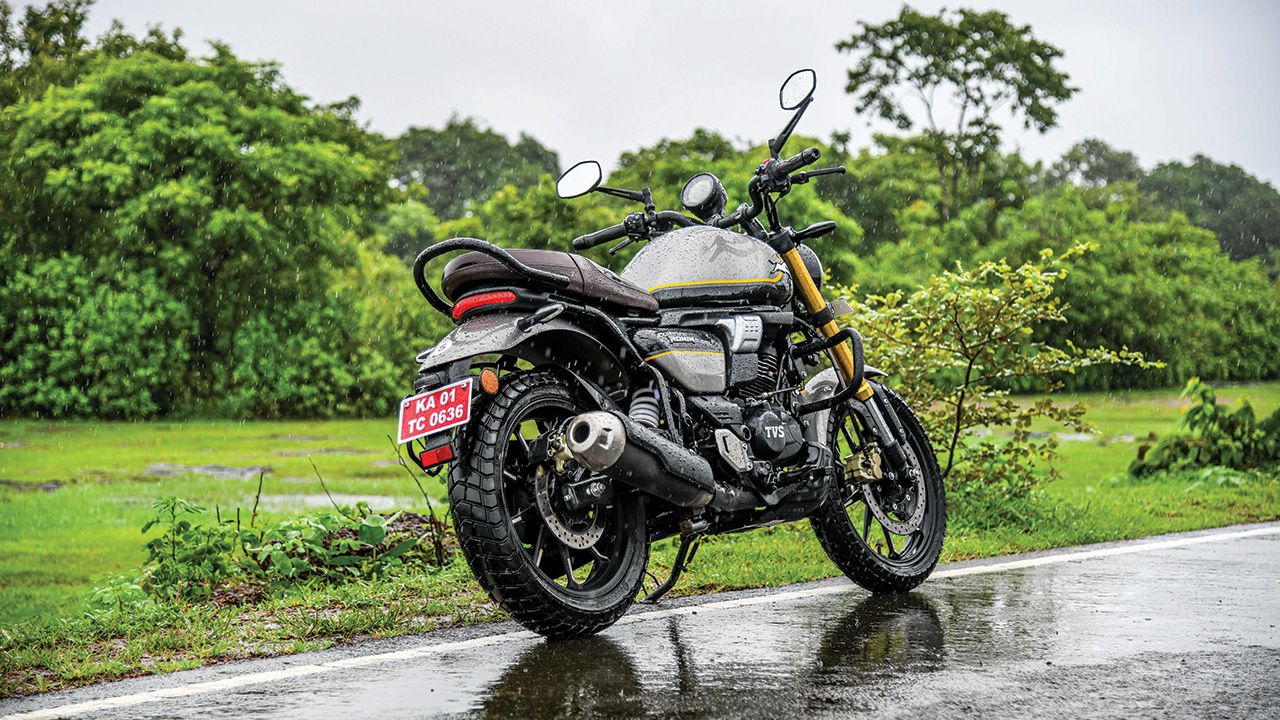
'The acceleration is sprightly, and at 160kgs, the Ronin isn’t a heavy piece of metal to move around. On the whole, the performance is peppy'
As for the handling, I wasn’t able to lean or push the Ronin to its limit – thanks to the torrential downpour and sketchy riding conditions on that particular day. However, from my limited time on the saddle, it was quite evident that it isn’t a lousy handler. Despite its upright and laidback riding position, comfort-biased suspension, and cruiser-like geometry – a rake angle of 27 degrees, long wheelbase, and a wide front tyre with a block pattern – the Ronin’s handling can be termed as effortless and neutral. There are no ugly surprises. The TVS Remora dual-purpose tyres surprisingly offered good grip levels on wet tarmac. Similarly, the brakes have a linear progression, and ABS is well-calibrated in both Urban and Rain modes. You can bring the bike to a halt without much drama. On a wet and wild day, it’s quite assuring, I can tell you that.
If you’re wondering how it fares off-road, well, it’s not that bad. You can do light off-roading, and the suspension surprisingly feels supple enough to confidently take bumps in its stride. The brakes and tyres perform well too. However, you can’t stand up and ride, as the handlebar is low and you’ll struggle to grip the tank with your knees.
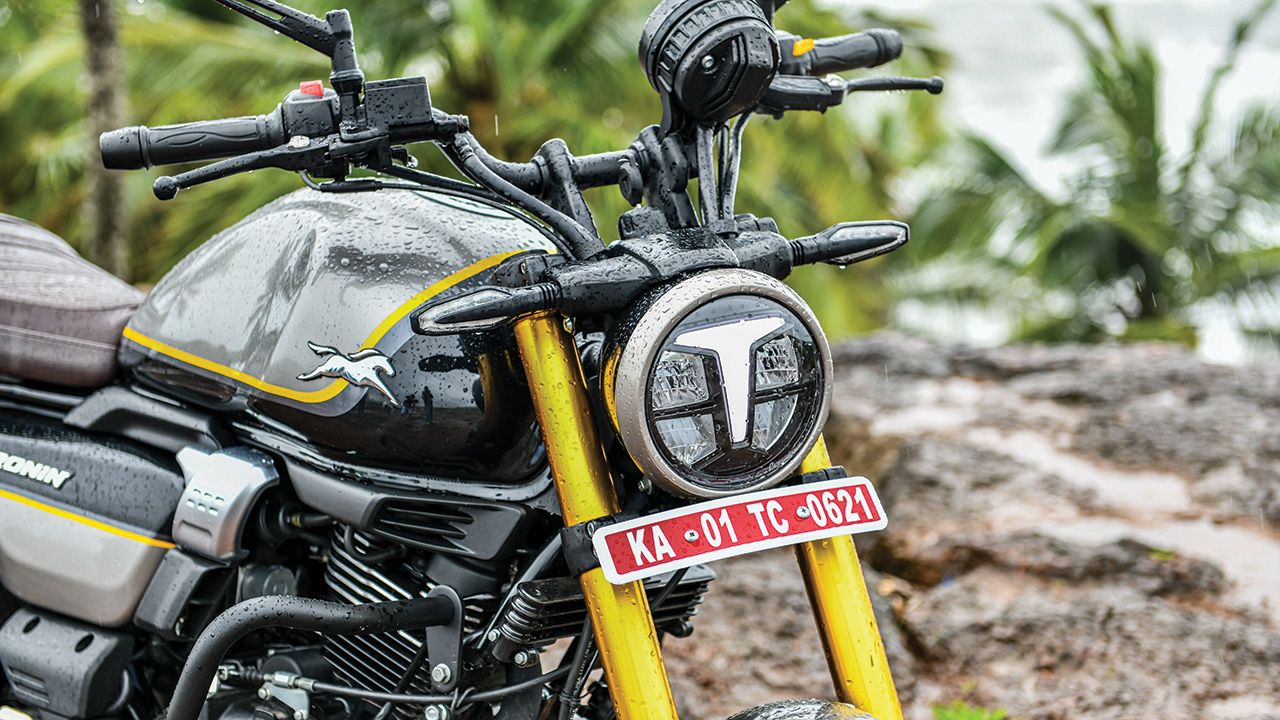
Verdict
Let’s start with the aspect that doesn’t work in the Ronin’s favour – the design. There’s no doubt that it looks polarising and will invite divisive opinions. You’ll either love it or hate it – there’s nothing in between. Personally, I don’t think it’s a bad-looking motorcycle, but because the Ronin’s design is so mixed-up – it’s got elements of a cruiser, scrambler, and café racer – it’s a bit of an acquired taste.
On the flip side, the Ronin covers all the other bases rather impressively. It rides and handles beautifully and offers punchy performance. It has an impressive build quality and is shipped with some cool features and equipment. So, if you can look past its quirks – until they grow on you, that is – the Ronin is a pretty sweet deal on all counts.
Read more:
TVS Ronin 225 launched in India, price starts at Rs 1.49 lakh
TVS Ronin vs Yamaha FZ 25 Spec Comparison: Which one should you buy?
Engine: 225.9cc / Single-Cylinder / Oil-Cooled
Transmission: 5-Speed
Power: 20bhp @ 7,750rpm
Torque: 20Nm @ 3,750rpm
Price: ₹1.49 – ₹1.69 Lakh (Ex-Showroom)
X-Factor: A retro-styled cruiser/scrambler that’s quick, comfy, and effortless to ride.
|
Pros |
Cons |


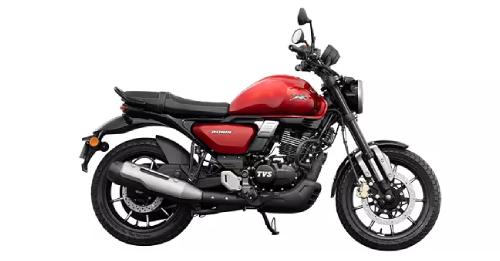

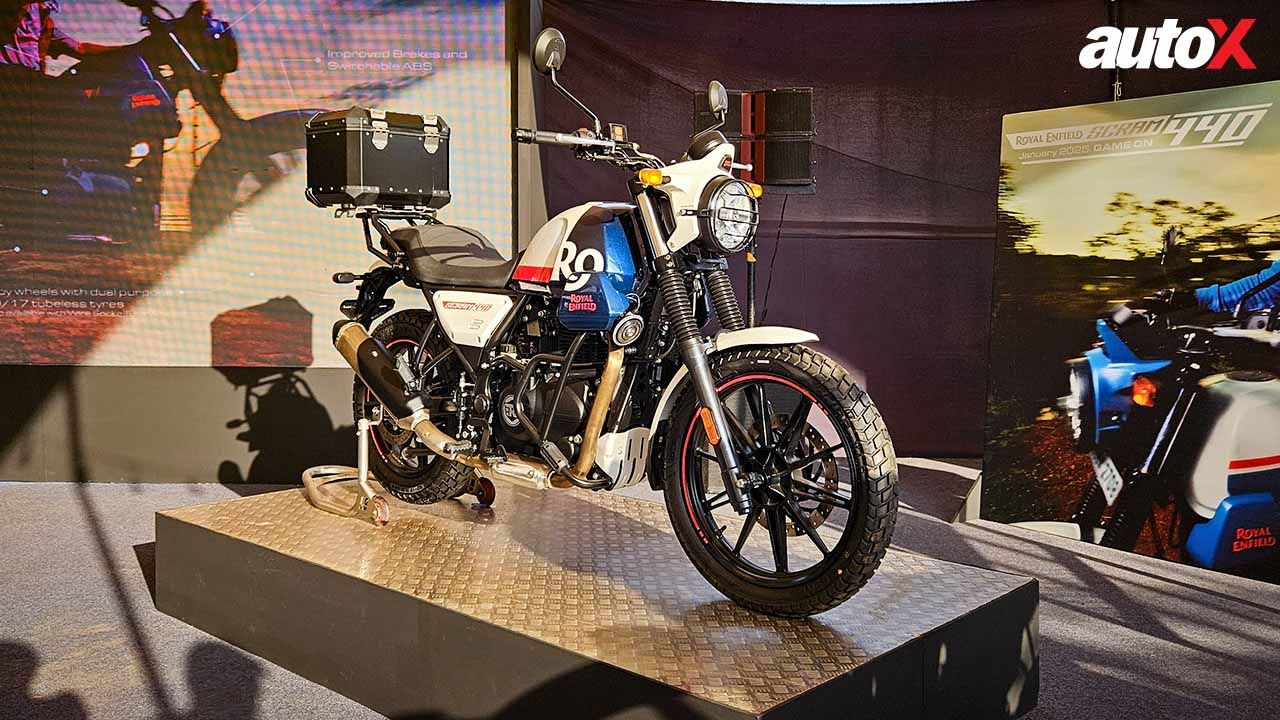
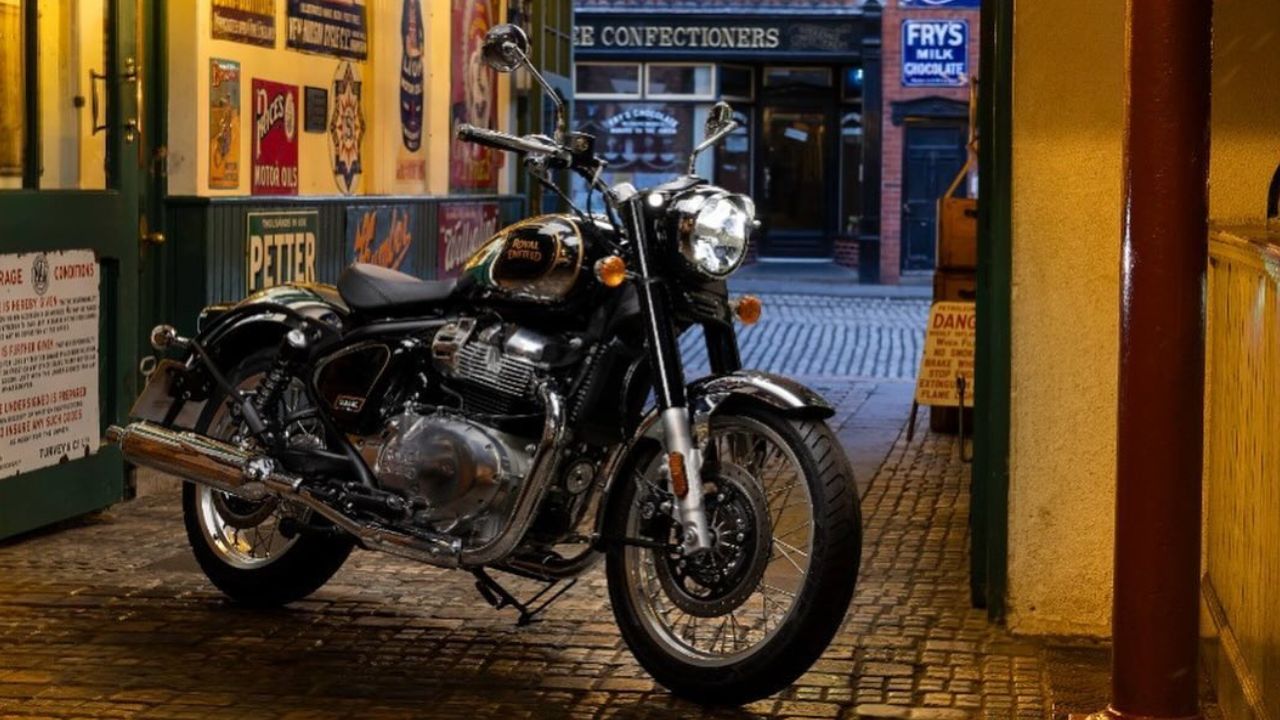
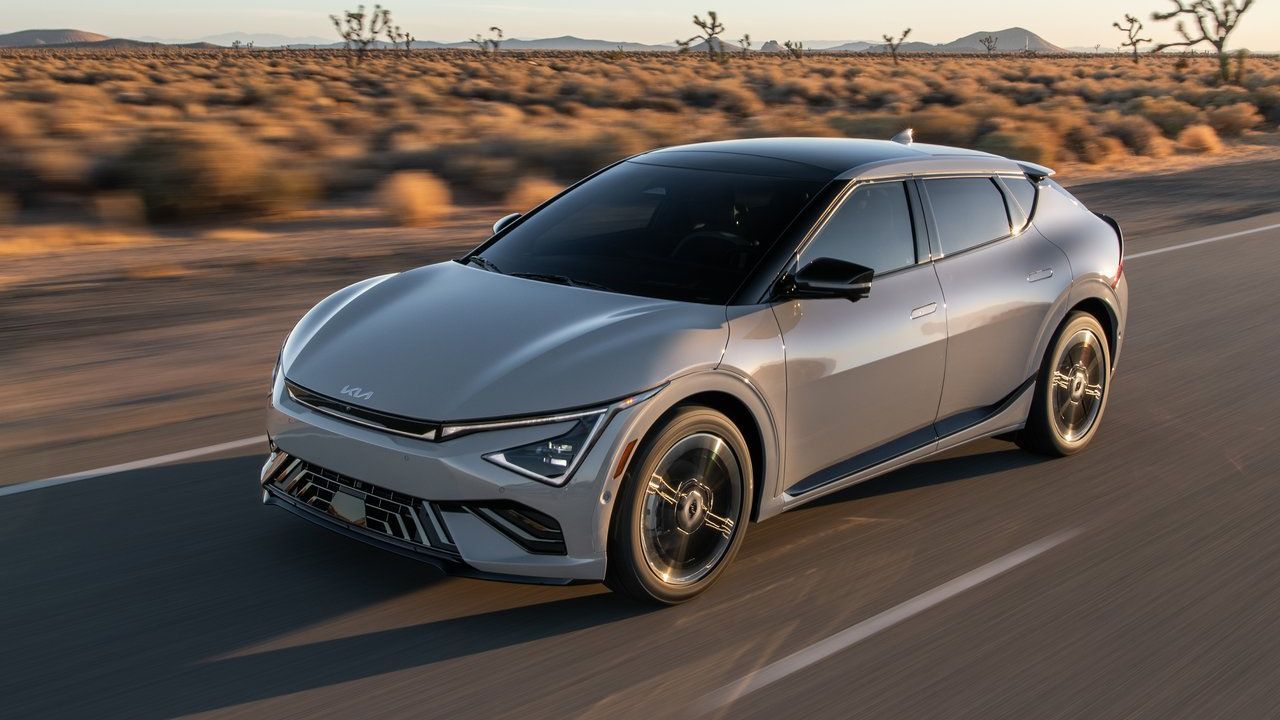
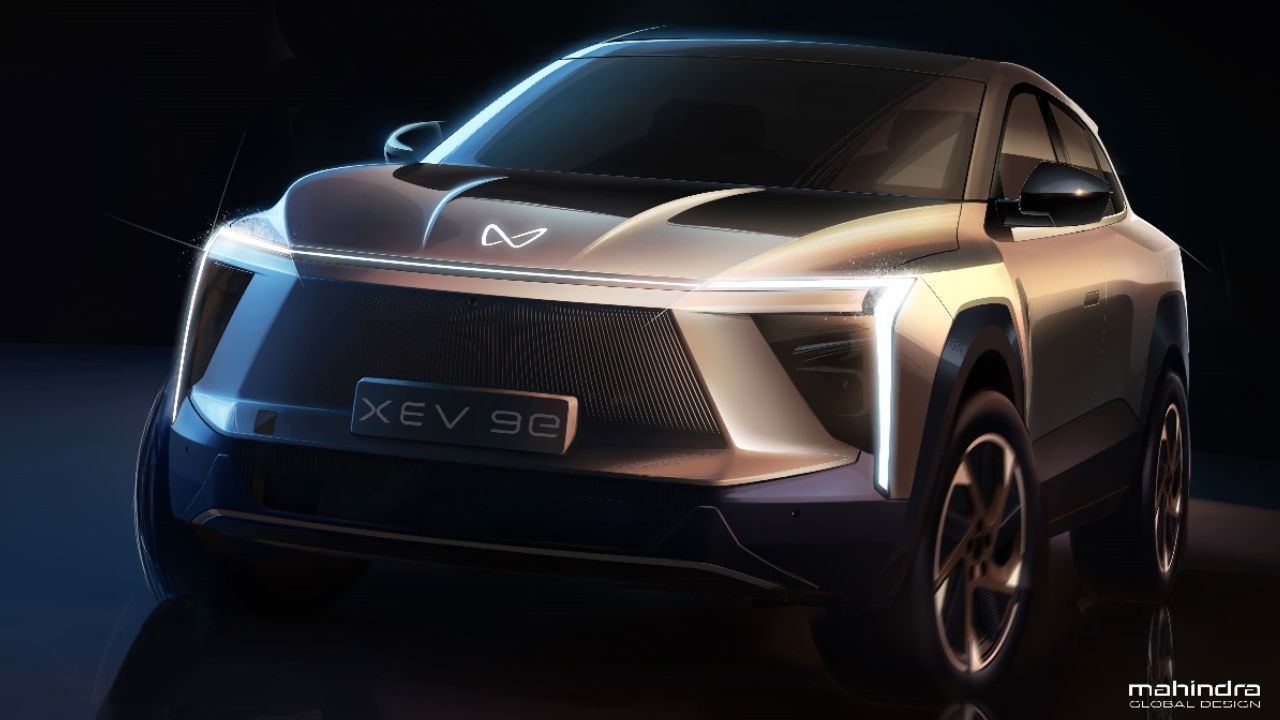
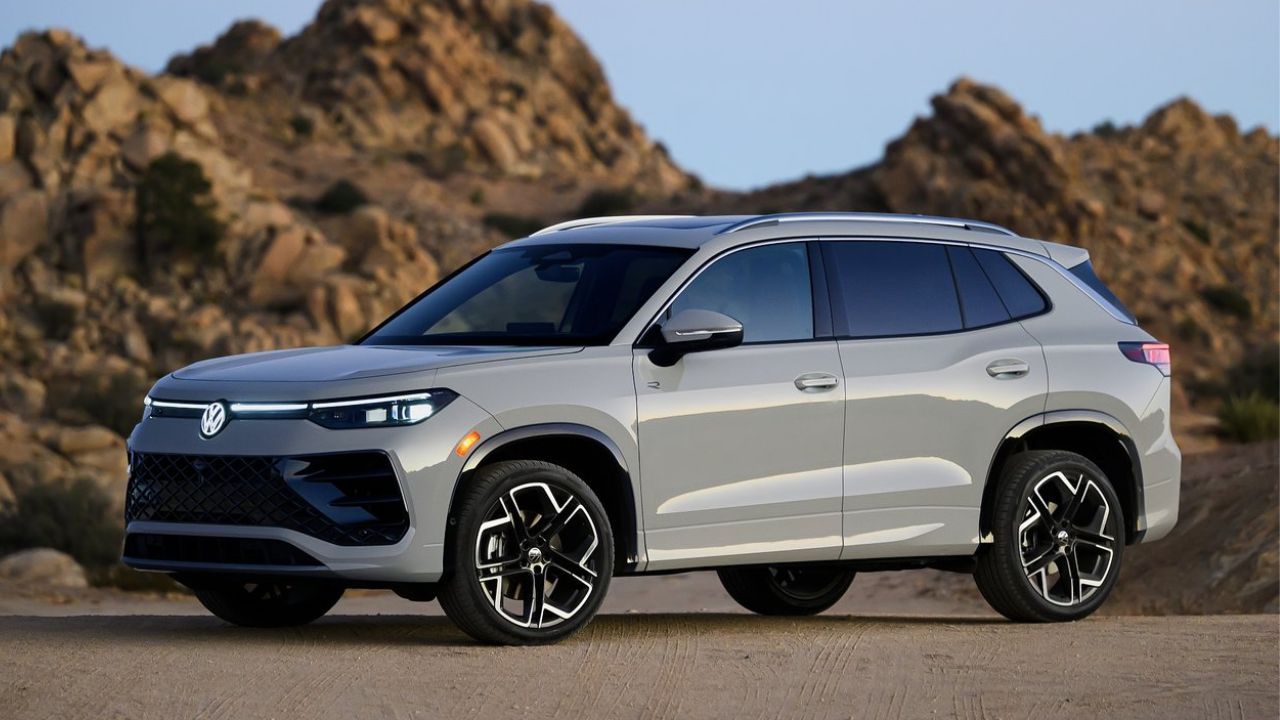
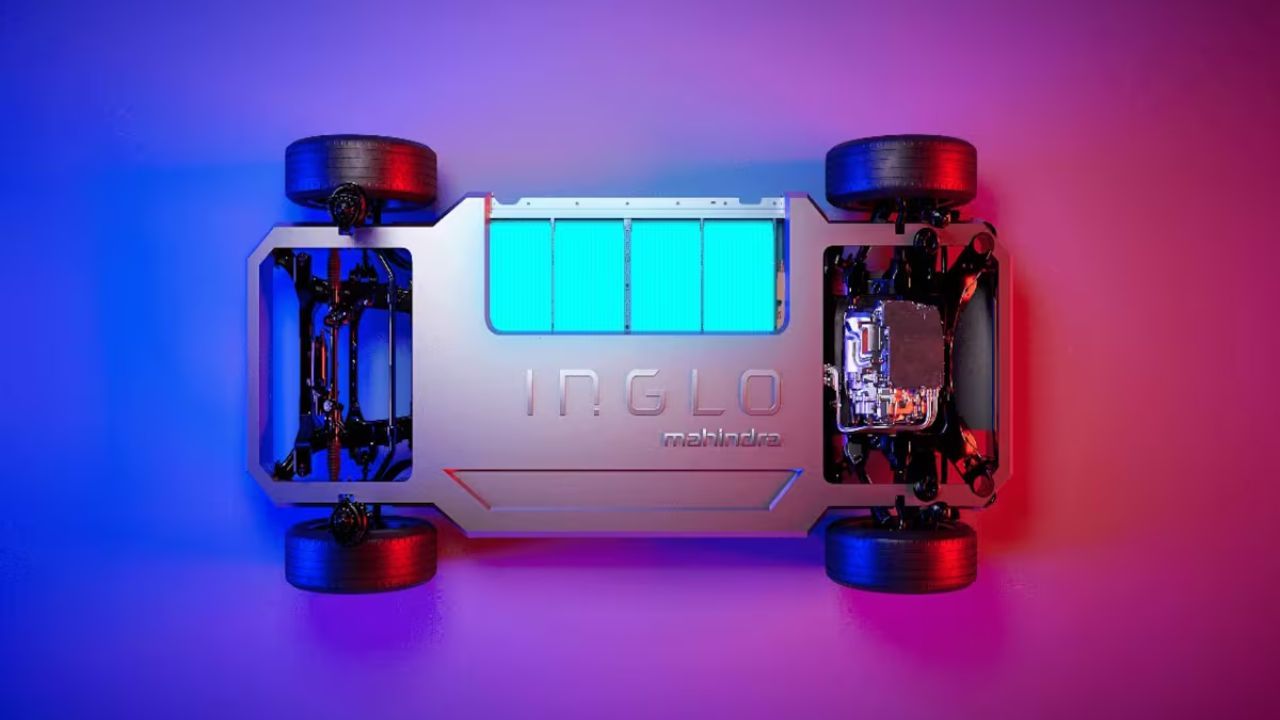
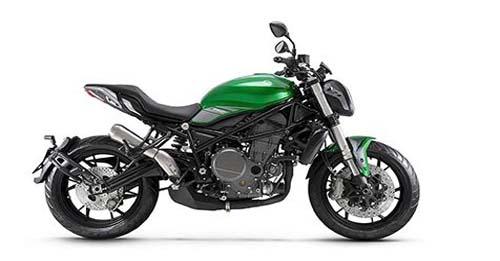
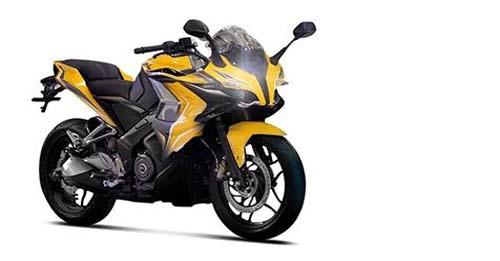
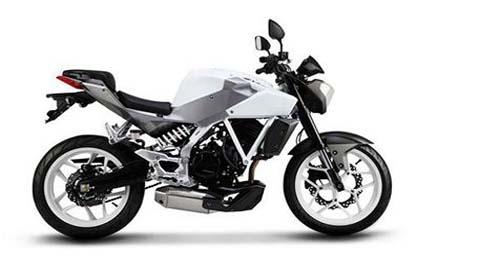
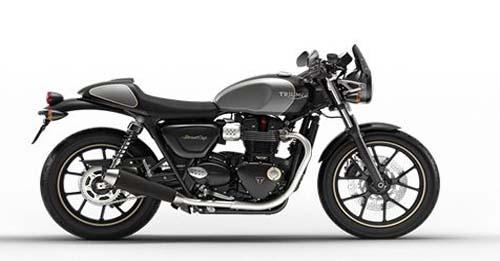
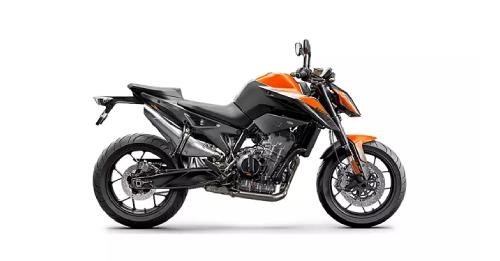









Write your Comment on